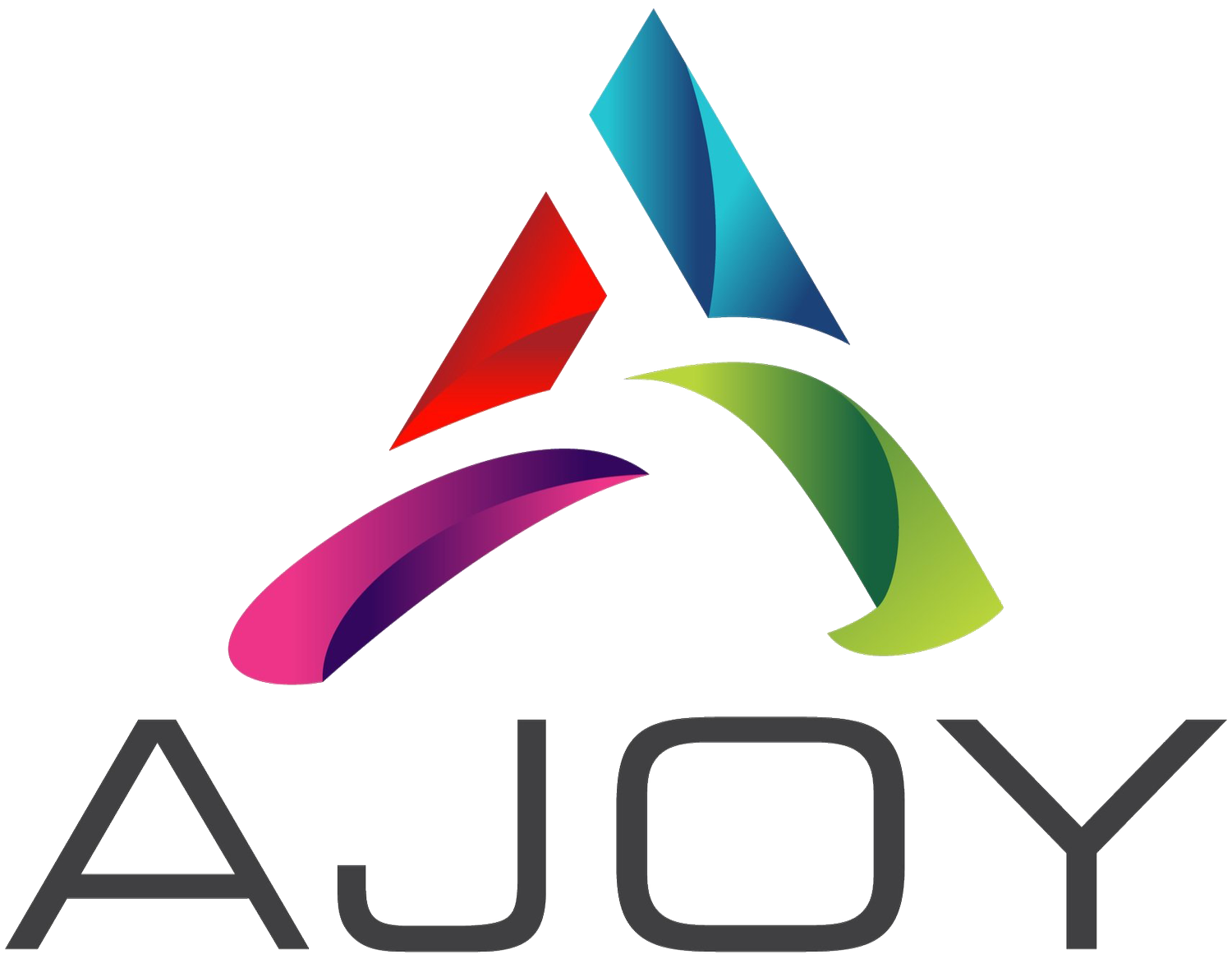Demystifying Profit Drivers, Profit Margins & Profitability
All businesses – small and large – exist to make money. Although you may have formed yours with an altruistic mission in mind, the fact is that your company still needs to turn a profit or else eventually it will go out of business. So how do you ensure that it reaches and maintains profitability? The answer lies in identifying the products and services that produce the best profit margins and then adjusting key profit drivers to grow your profit. Read on to learn more!
What is a Profit Margin?
A good place to start when it comes to profitability is to compare the profit margins of each of your products and services. To do this it’s necessary to have what we like to call pretty financials How to Keep Your Books Lookin’ Pretty. This means that you’ll want to keep your books regularly updated (timely), organized, and accurate. If you do, then you’ll be able to easily compare the margins for each of your products and services to see which ones are bringing in the most profit for your business.
For each product (or service) you offer, subtract its direct and indirect expenses from its sales to figure out its profit margin. Then compare the resulting margin against your other product/service margins to determine which are the most profitable.
After analyzing your numbers, you may realize that one product (or service) generates a lot of revenue although you sell less of it (meaning that it has a larger profit margin, or perhaps a much higher price). On the flipside, you might have to sell a lot of another product (or service) to produce the same amount of profit because it has a lower profit margin. With this knowledge, you’ll know where to focus your time and energy. While there’s no right answer, at least now you’ll be making informed decisions.
One Caveat When You’re Looking at Your Profit Margins…
Now, be careful not to mix up profitability with cash flow. Some business activities might generate a lot of cash flow so it feels like they are profitable when in reality you might be losing money in that area. You’ll need to review your financials to know if that’s happening or not.
In other words, don’t confuse sales with profit like a lot of small business owners do. Just because you bring in a lot of money from one product (or service) doesn’t necessarily mean that it’s profitable or the most profitable for your business compared to the others.
So Then… What’s a Profit Driver?
As the name suggests, a profit driver is a factor that substantially impacts your company’s bottom line. There are many but some notable ones include price, costs (both variable and fixed), and sales volume. As you’ve likely found, when you make changes in any of these areas, you tend to see a corresponding increase or decrease in your company’s profitability. Price naturally tends to have the biggest impact on profit because it doesn’t increase costs (like sales volume) and every extra dollar directly impacts your profitability. Hiking prices can, however, affect how many people are willing to buy your product or service, so it needs to be done carefully. Meanwhile, cutting costs (like materials and labor costs or overhead costs) and increasing your volume of sales are other ways you can potentially increase your profitability.
A Final Word from Tuesday Brooks Founder of AJOY
Remember: it’s imperative to keep your financials organized and accurate so you can determine which of your business activities is most profitable. Armed with this knowledge, you can make adjustments that might free up more of your time and earn you more money. Sounds good, right? But don’t forget that it all starts with having pretty financials so make sure to get on that as soon as you can! Learn more here: “How to Keep Your Books Lookin’ Pretty.”


